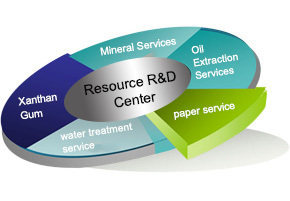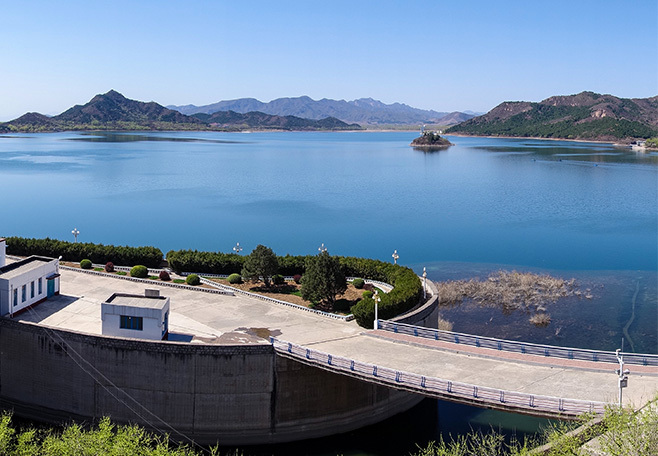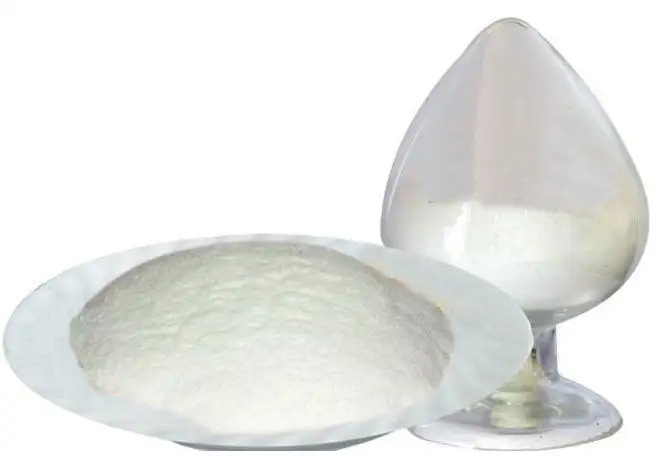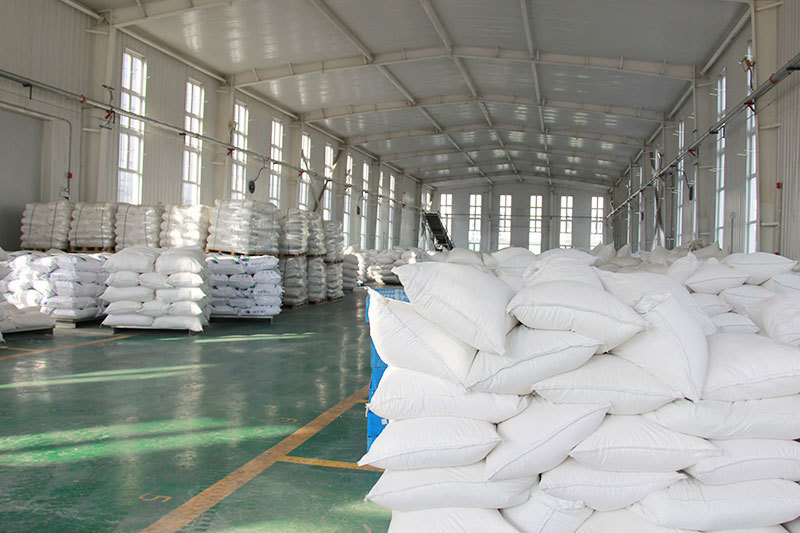Cationic Polyacrylamide: Answers to Your Common Questions
Release Time:
Aug 12,2025
Discover everything you need to know about Cationic polyacrylamide, its uses, benefits, and FAQs.
Cationic Polyacrylamide: Answers to Your Common Questions
In the wide world of polymers, Cationic polyacrylamide (often abbreviated as CPAM) stands out as a versatile player. Whether you're knee-deep in industrial processes or just curious about its applications, you're bound to have a few questions. So, let's dive in and tackle some of the most common queries surrounding this fascinating substance!
What Exactly is Cationic Polyacrylamide?
Cationic polyacrylamide is a water-soluble polymer that's primarily used for its flocculating properties. In simpler terms, it helps particles clump together, making it easier to separate solids from liquids. Think of it as a glue for tiny particles—perfect for industries like wastewater treatment, papermaking, and even oil recovery. Pretty nifty, huh?
How is CPAM Made?
Now, you might be wondering how this magical polymer comes into existence. Well, it's synthesized through the polymerization of acrylamide, where cationic groups are introduced. This process can be a bit technical, but the result is a polymer that boasts a positive charge, making it ideal for attracting negatively charged particles. Talk about chemistry in action!
What Are the Benefits of Using Cationic Polyacrylamide?
Oh, there are plenty! Here are just a few reasons why CPAM is a go-to choice in various sectors:
- Efficiency: It enhances the efficiency of solid-liquid separation processes.
- Cost-effective: Using CPAM can reduce operational costs significantly.
- Versatile: It can be used in multiple applications, from water treatment to agriculture.
- Environmentally Friendly: When used correctly, it poses minimal environmental risks.
Are There Any Risks?
While Cationic polyacrylamide is generally safe when used as directed, it's always wise to handle chemicals with care. Some potential risks include:
- Skin Irritation: Direct contact may cause irritation, so gloves are a good idea.
- Environmental Concerns: Overuse in agriculture can lead to run-off, impacting local ecosystems.
- Flammability: Keep it away from open flames, as it can be flammable in certain forms.
How is CPAM Used in Wastewater Treatment?
Ah, the world of wastewater treatment! Cationic polyacrylamide plays a crucial role here, acting as a flocculant to help gather suspended solids. By doing so, it not only clarifies the water but also reduces the amount of sludge generated. This means cleaner water and less waste—win-win!
Can CPAM Be Used in Agriculture?
You bet! In agriculture, Cationic polyacrylamide is often used to improve soil structure and water retention. It can help reduce erosion and enhance the efficiency of irrigation systems. Farmers have been known to swear by it for achieving healthy crop yields!
Final Thoughts
So, there you have it! Cationic polyacrylamide is more than just a mouthful; it's a powerhouse polymer with a myriad of applications. Whether you're in industry or agriculture, understanding this versatile compound can open up new avenues for efficiency and sustainability. Keep those questions coming, and stay curious!
Key words:
What Else Might You Learn?












